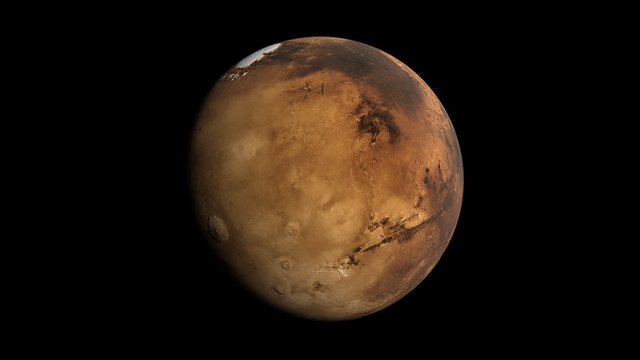
It's the U.S. space agency's most ambitious and expensive Mars mission yet and it begins with the arrival Sunday night of the smartest interplanetary rover ever built. It won't be easy. The complicated touchdown NASA designed for the Curiosity rover is so risky it's been described as "seven minutes of terror," the time it takes to go from 21,000 km/h to a complete stop. Scientists and engineers will be waiting anxiously as the spacecraft plunges through the thin Mars atmosphere and, in a new twist, attempts to slowly lower the rover to the bottom of a crater with cables. Scientists on Earth won't know for 14 minutes whether Curiosity lands safely as radio signals from Mars travel to Earth. If it succeeds, a video camera aboard the rover will have captured the most dramatic minutes for the first filming of a landing on another planet. "It would be a major technological step forward if it works. It's a big gamble," said American University space policy analyst Howard McCurdy. The future direction of Mars exploration is hanging on the outcome of this $2.5-billion project to determine whether the environment was once suitable for microbes to live. Previous missions have found ice and signs that water once flowed. Source: The Coming Crisis, Image: flickr.com
